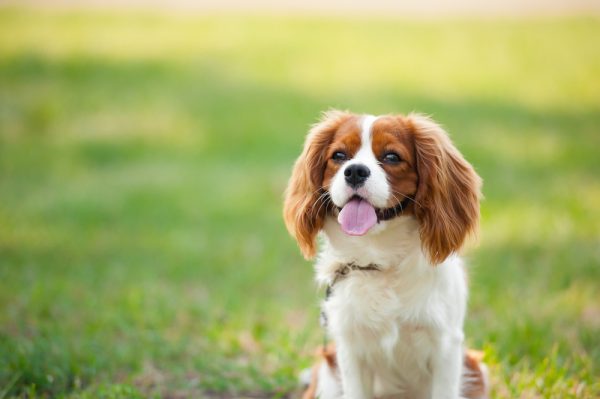Introduction to Low-Anxiety Small Dog Breeds
Not every small dog needs constant attention. While some toy breeds are famously clingy, others are surprisingly independent and well-suited to spending some time alone without becoming stressed or destructive. If you’re looking for a small companion who won’t mind a few hours of solo time each day, these breeds are among the best in terms of low separation anxiety, making them a great choice for those who work outside the home or lead busy lives.
Characteristics of Low-Anxiety Breeds
They may be small in size, but they’re big on self-sufficiency. These breeds are perfect for individuals who want a pet that can entertain itself and doesn’t require constant attention. With proper training and care, these dogs can thrive in a home where they feel secure, loved, and well-prepared for solo time.
Top 10 Low-Anxiety Small Dog Breeds
Here are the top 10 small dog breeds that have low separation anxiety:
1. French Bulldog
The French Bulldog may have a reputation for being clingy, but many are content entertaining themselves or relaxing solo for a few hours. With their easygoing temperament and adaptable nature, they’re especially suited for apartment living.
2. Maltese
Maltese dogs are affectionate but also enjoy their independence. These classic lapdogs often spend time alone curled up in their bed or crate, resting comfortably until their owner returns.
3. Pug
Pugs are sociable and loving, but they also appreciate quiet time. As long as they’ve had a walk and some attention, most Pugs are happy to nap or play with toys while you’re away.
4. Lhasa Apso
Bred as palace watchdogs, Lhasa Apsos are confident and self-reliant. They usually don’t suffer from separation anxiety and will calmly wait for their owner to return without issue.
5. Miniature Schnauzer
Miniature Schnauzers are smart, energetic, and adaptable. With some mental stimulation and basic training, they manage well during periods alone and are often a good fit for households with regular work schedules.
6. Cavalier King Charles Spaniel
Despite their affectionate nature, Cavaliers tend to tolerate alone time better than many other toy breeds. They do well in quiet environments and often relax peacefully if left with toys or another pet.
7. Japanese Chin
Japanese Chins are independent by nature and typically handle being left alone with minimal stress. They’re low-energy dogs that often entertain themselves with minimal need for stimulation.
8. Havanese
Although known as “Velcro dogs,” Havanese are surprisingly resilient when it comes to short periods of solitude. They’re gentle and even-tempered, making them good candidates for owners who work part-time or have a variable schedule.
9. Basenji
Basenjis are unique among small breeds for their independence and intelligence. While they need mental stimulation to avoid boredom, they are typically comfortable being on their own for longer periods than most small dogs.
10. Shiba Inu
Shiba Inus are known for their self-sufficiency and confidence. While not traditionally lapdogs, their independence makes them one of the few small breeds that often prefer — and thrive in — alone time, provided they’re well-socialized.
Creating a Safe Environment for Alone Time
Even among low-anxiety breeds, it’s essential to create a calm, secure environment for your dog while you’re away. A designated space with a cozy bed, toys, and access to water can make a significant difference in how your dog adjusts to being alone. Gradually building up the time your dog spends alone and using positive reinforcement can help them feel confident and safe.
Final Thoughts
Small dogs often get labeled as needy or anxious, but many breeds are perfectly capable of managing their time alone — some even prefer it. Whether you live in an apartment or work outside the home, these low-anxiety small breeds are a smart match for a more independent lifestyle. Just remember: while these dogs may cope better on their own, no dog should be left alone for long periods every day. With the right training and care, even the most independent small breed will thrive in a home where they feel secure, loved, and well-prepared for solo time.
Conclusion
In conclusion, low-anxiety small dog breeds are perfect for individuals who want a pet that can entertain itself and doesn’t require constant attention. By choosing the right breed and creating a safe environment, you can help your dog feel confident and safe when left alone. Remember to provide proper training, care, and attention to your dog, and they will thrive in a home where they feel secure and loved.

